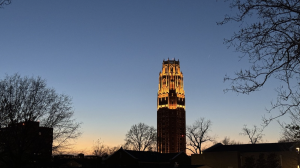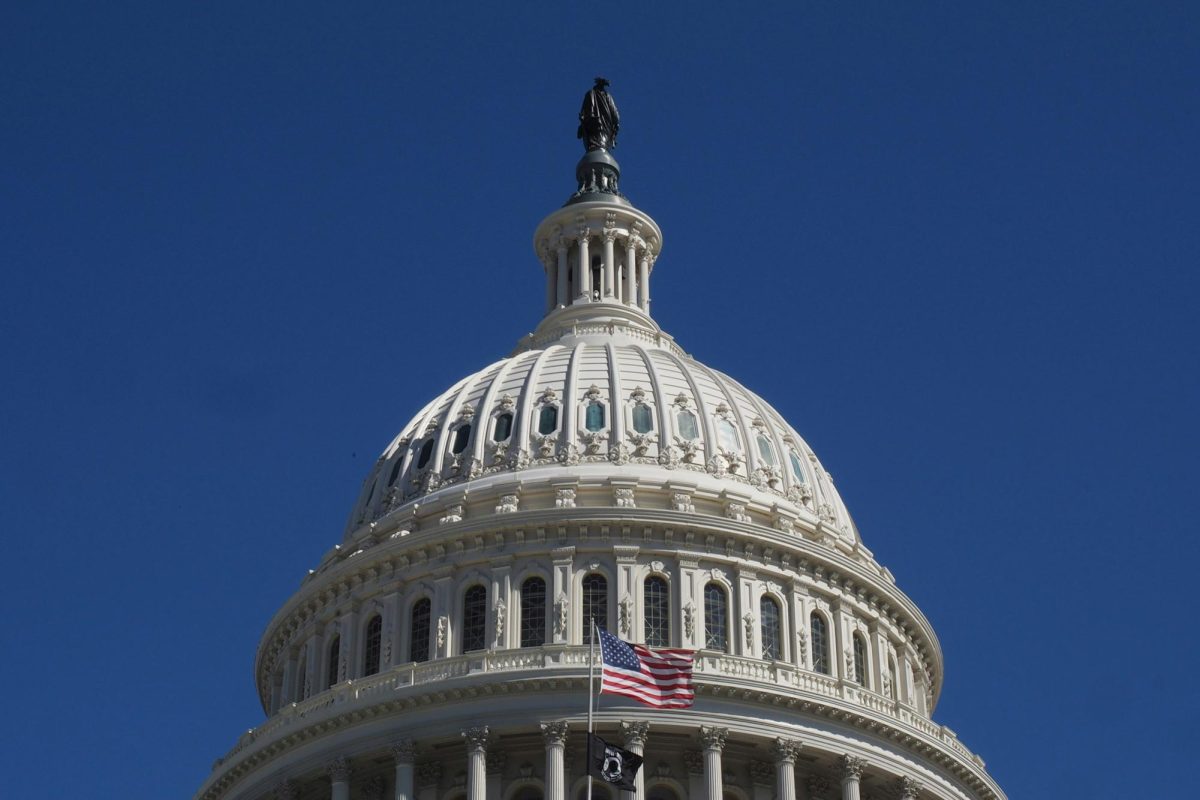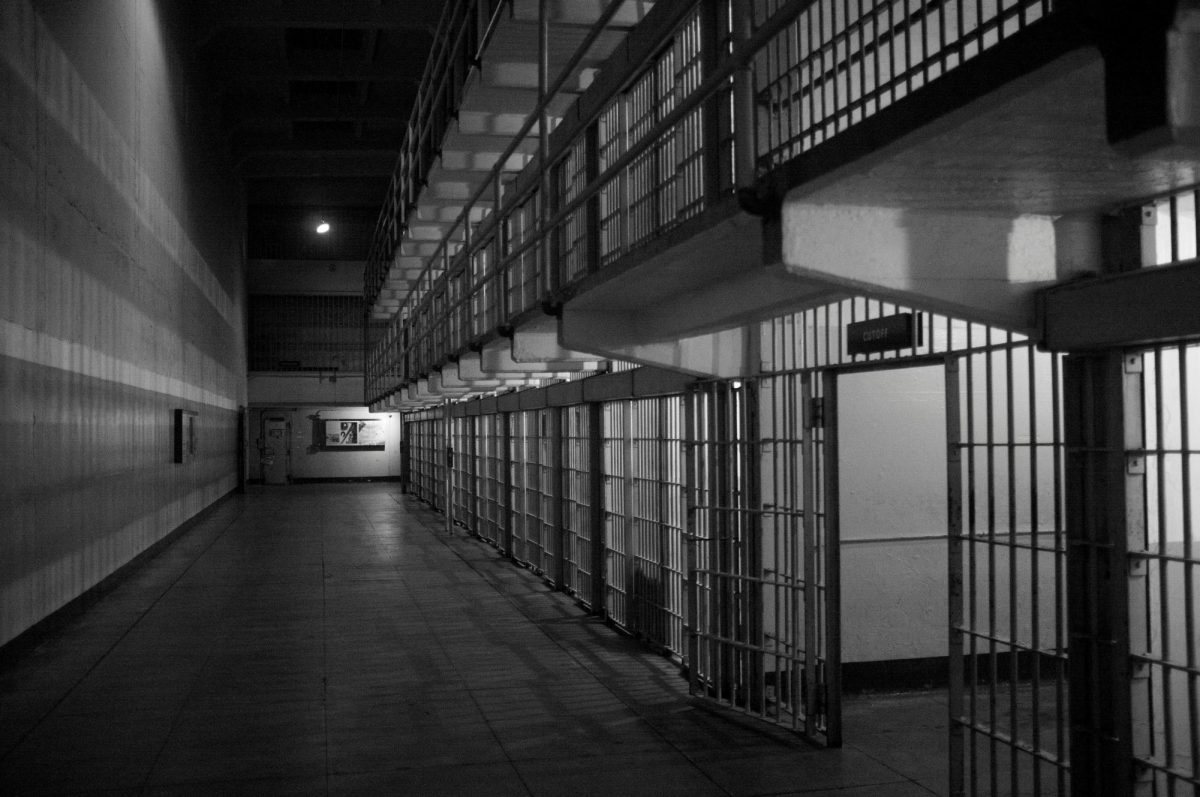Two men. Two podiums. One air-conditioned auditorium. This was not the tagline for the Romney-Obama debate that captivated the nation last Wednesday, although it might as well have been. The first presidential “debate” was not a debate so much as two men standing behind two podiums in an air-conditioned auditorium giving mini speeches based on the guidelines of a barely-there moderator. Only one of the two candidates was actually engaged, and no legitimate discussions on policy or political beliefs took place. No, the real debate, with the tagline two men, two podiums, one air-conditioned auditorium, took place Saturday night between two affluent television personalities, Jon Stewart and Bill O’Reilly.
Jon Stewart of The Daily Show with Jon Stewart and Bill O’Reilly of The O’Reilly Factor, have appeared on each other’s shows numerous times. They have jousted before, but never in an organized format like “The Rumble in the Air-Conditioned Auditorium,” a 90-minute debate that took place in the Lisner Auditorium at The George Washington University in front of a 1,500-person audience. The most astonishing thing about the debate was not the facts that were presented, for these were mostly talking points from the Democratic and Republican parties, but rather the fact that Stewart and O’Reilly were able to come together and turn a debate into a dialogue; a skill that the legitimate presidential candidates seem to have forgotten.
The first forty-five minutes of “The Rumble” passed in a format very similar to that of the actual presidential debate. The moderator, E.D. Hill, asked questions ranging from if people would base their vote for the president on the economy, to if the increase in entitlement spending is turning the United States into a nation of takers. The questions Jim Lehrer asked in the actual presidential debate were open-ended and mostly asked President Obama and Governor Romney to compare themselves and their policies. Rather than promoting productive conversation, this approach allowed for many long, rambling speeches, during which the candidates did not actually address an issue or explain what they would do to solve it.
During the presidential debate, both Obama and Romney bulldozed over Lehrer as if he were not even there; they ignored his time limits and brushed aside his pleas to move on. Stewart and O’Reilly at times also dismissed their moderator; however, it was not because one was in the middle of a long-winded speech. Rather, it was because they were actually interested in what the other had to say, and they knew they were engaged in a constructive discussion that another question would only disrupt.
During the second half of the Stewart-O’Reilly debate, both debaters moved from behind their podiums, sat down in chairs, and took questions from the audience and Internet viewers. This created a more relaxed atmosphere and allowed for questions such as, “If the U.S. were burning, what famous person would you save and why?” It would be interesting to see what would happen if Romney and Obama were placed in a situation like this. For one thing, Obama would not climb into Romney’s lap like Stewart did O’Reilly’s. By placing the candidates in a situation where they might have to answer a question regarding their favorite celebrity or book, the American people could actually get to know the man who will be running their country and making decisions on their behalves.
In the end, what really distinguished the “Rumble in the Air-Conditioned Auditorium” from the Snoozefest in the Air-Conditioned Auditorium was the audience. In the beginning, E.D. Hill asked the audience to refrain from laughter and applause during the debate, but as the night progressed, it became evident that the audience was not going to obey. They clapped and cheered when either Stewart or O’Reilly said something that they liked, and they could not keep themselves from laughing at some of Stewart’s antics. Rather than detracting from either debater’s message, the live feedback added to it. If Romney and Obama could get up and debate their views in front of a large, bipartisan audience, then they might actually get a feel for what real voters believe, rather than relying on polls or the feedback at a single-party rally.
Near the end of the debate, Jon Stewart stated, “This idea that disagreeing with somebody, even vehemently, even to the core of your principle means that you should not engage them is ridiculous.” He was surprised that people thought he would avoid debating O’Reilly because they hold such opposite political views, but rather he embraced the challenge. Likewise, O’Reilly took the initiative to invite Stewart to debate, and boldly faced a slightly biased crowd in doing so. If Romney and Obama could take the second debate, which will be in a “town hall” style, as an opportunity to engage in a conversation about national policies and issues, then their views would become much clearer to voters at home. After all, according to Jon Stewart, that is why Al Gore invented the Internet.
“The Rumble in the Air-Conditioned Auditorium” can be bought and streamed here.
[Image credit: http://gashouseradio.com/wp-content/uploads/2012/10/gty_bill_o_reilly_jon_stewart_jt_121007_wg.jpg]











